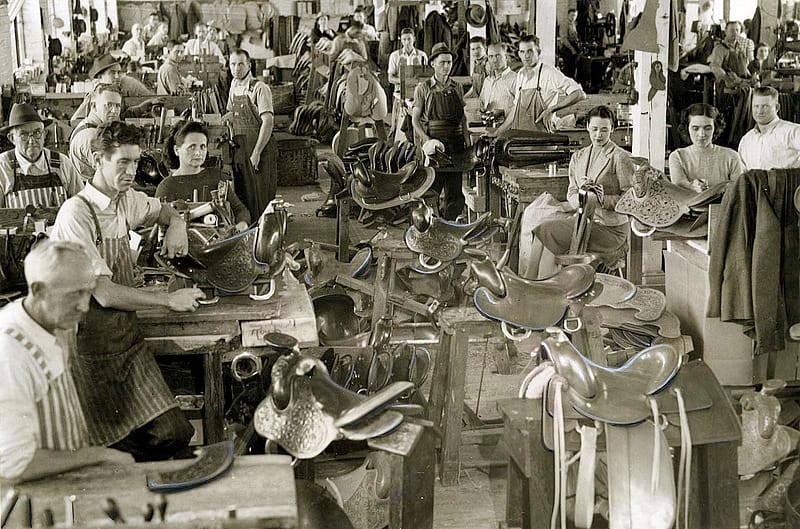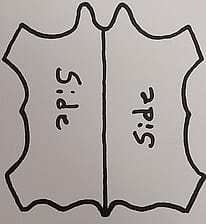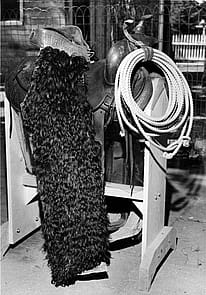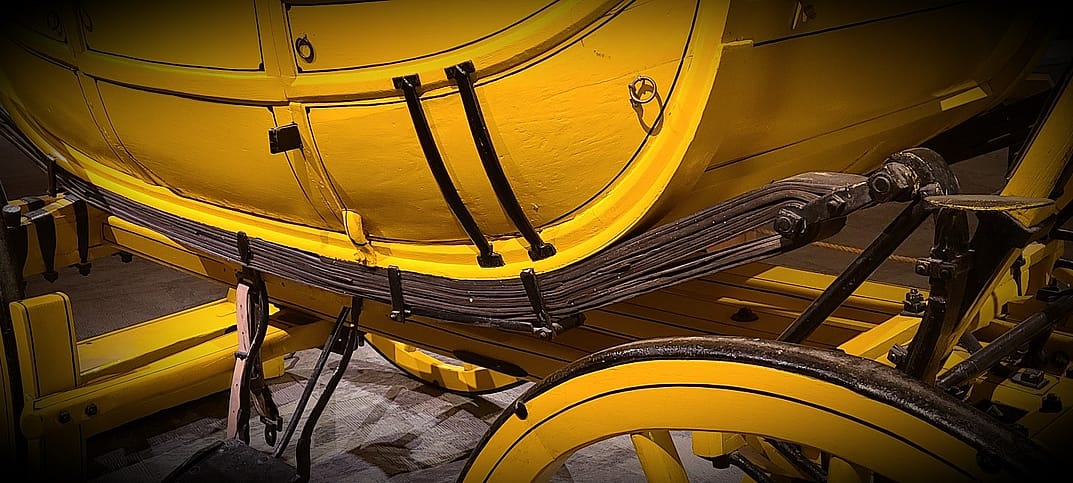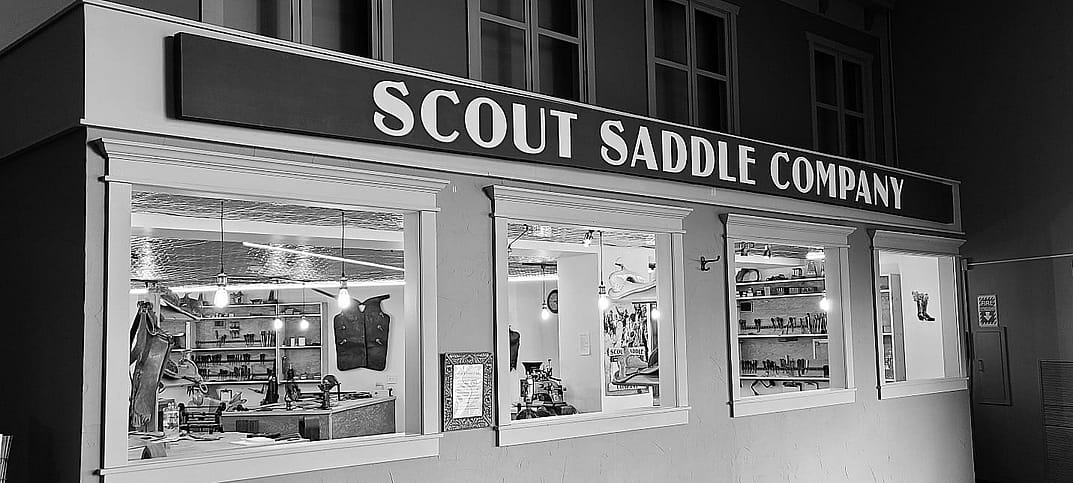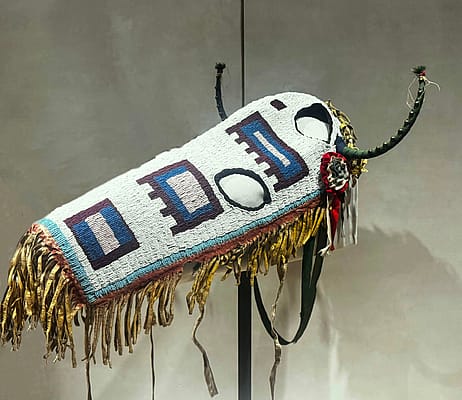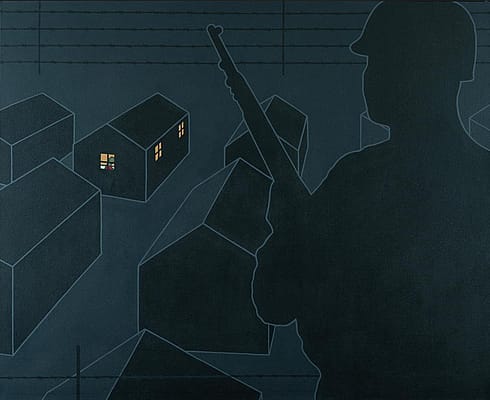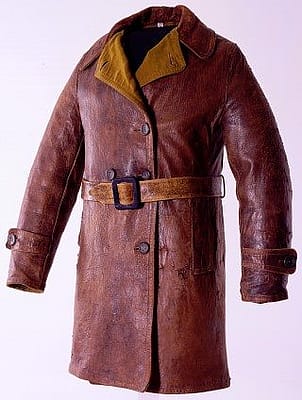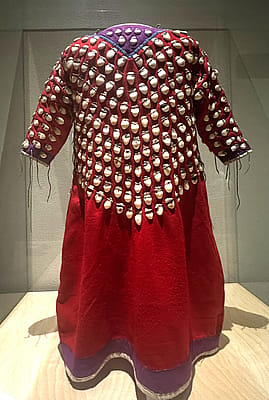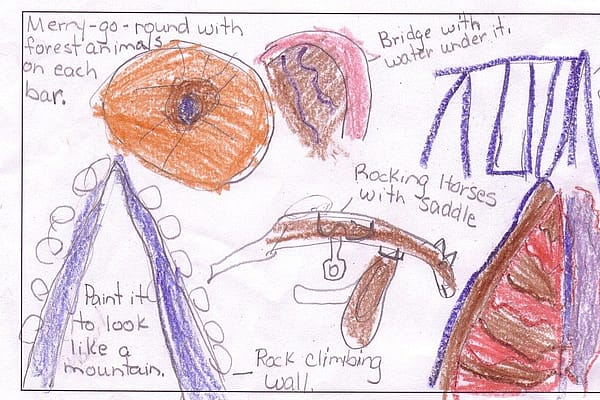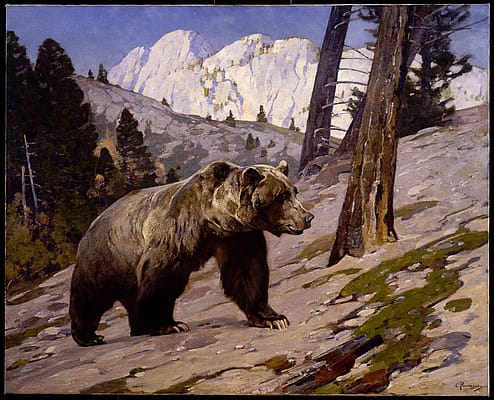
Craftsman and Artist: A Brief Look at the Leather Shops of the Early 1900s
In 1860 there were approximately 5,200 registered businesses producing leather products. By 1925 there were approximately 530. This was not all bad for the American worker and consumer though. With inventions like the steam engine, companies where able to power many manufacturing processes at an enormous scale. For example, in 1860 the average leather shop employed 5 people. By 1925 the average leather company employed 100 people! So where did they get all their leather?
In Milwaukee, Wisconsin, in 1860, there were at least 9 tanneries employing 100 or more folks. In that year those tanneries produced around 70,000 sides of leather. As the ability to ship across the country grew, Milwaukee tanneries produced more than 1.7 million sides of leather in 1905! What the heck is a side of leather? A side of leather is literally that. The hide of the steer is split down the back and you have two “sides” of the steer. This makes the leather pieces much more manageable as an average side is around 23 square feet of leather.
And there were tanneries all over the United States producing those same numbers or more! That’s A LOT OF leather. Those hard-working leatherworkers used it up quickly though. In the small town of Miles City, Montana, was one of the best known saddle shops of the day, Miles City Saddlery. In 1916 Miles City Saddlery produced 1,937 saddles! That is just saddles, not to mention all the harness and other related gear. The R.T. Frazier Company, who was the largest saddle maker in the United states in 1917, reported that in 1913 they employed 100 workers, built 5,000 saddles, and 2,000 pairs of chaps. So, what DID the shops such as Visalia, Bohlin, Ernst, Heiser, Hamley, Frazier, Miles City, and so many more, produce?
Until the automobile took hold after World War II, the world ran on horsepower, literally. So, shops produced harness, saddles, bridles, reins, and the list goes on and on. But the horse was just one piece of the puzzle. People needed shoes, coats, luggage, clothing, bags, gun belts, holsters, scabbards, chaps…well, you get the idea. A great example of leather at work can be seen on the Deadwood Stagecoach in our own Buffalo Bill Museum. Check out the suspension on that bright yellow beauty!
Want a comfy ride? Go with leather straps. In fact, how much leather do you see as you explore the other museums? Leather was everywhere, even in the industrial machines that made it possible for America to produce product on such a massive scale. As you stroll through our Cody Firearms Museum, look at the machinery that is set up to show the industrialized firearms plant. Those heavy leather belts ran every machine in factory.

Okay, so leather was, and is, a big part of our lives. But how do you make all that wonderful stuff?
In 1853 Mr. William Wickersham patented a machine for sewing leather and cloth. This was a hand crank sewing machine that allowed the use of waxed linen thread. This was an incredible breakthrough. Machine sewing sped up the manufacturing process, and many other inventions would follow that increased productivity. For the most part though, leather working is a hands-on endeavor. Hand tools are a critical part of any shop, and quality is paramount. The hand tools made during the time frame of late 1800s to about 1930 are highly prized to this day by leather craftsman. They are sought by collector and craftsman alike for their beauty and function, as the tool makers of the time were artists in their own right, and no one did it better than Henry Gomph, H.F. Osborne, and C.S Osborne.
Henry Gomph started his tool business in Albany, New York, around 1866. Gomph tools are extremely well made of wonderful steel and wood. These tools can bring hundreds of dollars for a single tool depending on condition. Gomph tools where highly praised by leatherworkers of his day and that still holds true today. Hand tools such as round knives, edgers of several different designs, creasers, stitching wheels, rein rounders, etc., where all made by the Gomph company as well as the Osborne brothers.
H.F and C.S. Osborne went into business together in 1858 when they bought William Dodd’s tool business. H.F. Osborne went out on his own in 1877 but was bought out by C.S. in 1905. H.F. Osborne tools are well made and very high quality. C.S. Osborne continued on and the company is still in business today. However, as the demand for cheap tools increased and the desire to own quality slowly faded away, the quality of the C.S. Osborne tools started to decline in the 1940s and 50s.
Well, that was more than you were expecting wasn’t it? In our Scout Saddle Shop, we are trying to carry on that tradition of high quality, and hand made. Part of that mission is helping good folks like you to understand the overwhelming amount of work and care that goes into making a quality product. From the tanning process to the exquisitely made old tools, all the pieces must come together at the point where skill meets leather at the hands of a craftsman. Quality and craftsmanship are dying, but with your help and support we can keep those traditions alive!
About the Author: Levi Nelson was born and raised in Wyoming. With a love of history and the West, he has been pursuing the trade of saddle making for six years now.
Written By
Gretchen Henrich
As Director of Interpretive Education Division, Gretchen is currently responsible for managing interpretive programs and services within the Center. She has developed both humanities and science education programs in both zoos and museums.
